10+ Years Experience
Specialist Horse Menages

The agricultural industry constantly evolves, and farmers need durable, cost-effective, and versatile solutions to keep up.
Steel framed agricultural buildings offer a myriad of advantages, from grain stores to equestrian facilities, ensuring lasting success for farmers.
There are several types of steel-framed barns commonly used in construction. Here are a few examples:
This type of steel-framed barn is designed without interior columns or supports, allowing for a large, open interior space.
Clear span barns are ideal for storing large equipment or accommodating livestock.
Also known as a raised centre aisle (RCA) barn, a monitor barn features a central raised section with a sloping roof, creating additional overhead space for ventilation, storage, or a loft area.
The side sections of the barn are typically lower in height and provide space for stalls or storage.
Steel-framed barns can also be used to construct riding arenas.
These structures typically have clear span designs to provide ample space for equestrian activities.
Indoor riding arenas may feature sidewalls for protection against the weather and can be customised with lighting, ventilation systems, and riding surfaces.
Steel-framed barns are often used for storing agricultural equipment, machinery, or vehicles.
These barns may have large doors or openings for easy access and can be customised with features like insulation, ventilation, or secure locking systems.
Steel-framed barns can be versatile and adaptable for various purposes.
They can combine storage areas, livestock stalls, workshops, offices, or other functional spaces to meet specific needs.
The design of multi-purpose barns depends on the intended use and can be customised accordingly.
Inspired by traditional barn designs, the gambrel barn features a distinctive double-sloping roof, with the lower slope having a steeper pitch than the upper one.
The gambrel roof allows for more usable space in the upper section of the barn, making it suitable for hay storage, lofts, or even living quarters.
These are just a few examples of the types of steel-framed barns commonly used.
The design and features of a steel barn can vary depending on the specific requirements, intended use, budget, and regional building codes.
The average costs of steel framed buildings is between £30,000 – £350,000.
The cost of steel-framed agricultural buildings can vary depending on various factors, including the size, design complexity, location, materials used, customisation options, and labour costs.
Here are some cost considerations to keep in mind:
Steel-framed agricultural buildings offer several benefits that make them a popular choice among farmers and agricultural businesses. Here are some key advantages:
It’s important to note that while steel-framed agricultural buildings offer numerous benefits, it’s still essential to consider specific requirements, local building codes, and consult with professionals to ensure the design and construction align with your specific needs.
Customisable steel framed farm buildings are designed to meet the specific requirements of each farm business, offering a wide variety of design options including livestock shelters, grain stores, and equestrian facilities.
With these tailored solutions, farmers can be confident that their steel framed buildings will cater to their unique needs and deliver optimal results.
Equestrian facilities play a vital role in providing a safe and secure environment for horses, as well as offering horse owners the opportunity to learn about proper horse care, access to horse facilities, and a supportive community.
Steel-framed buildings can be employed in equestrian settings, including stables and indoor riding arenas, providing a versatile and durable solution for these specialised needs.
The advantages of steel-framed equestrian facilities extend beyond their structural integrity and functionality.
They also contribute to the overall aesthetics and appeal of the farm, making them an excellent choice for farmers who prioritise both form and function in their agricultural buildings.
Livestock shelters play a crucial role in ensuring animal welfare and production.
They provide protection from harsh weather conditions and create a secure environment for animals to thrive.
Steel framed livestock shelters offer a range of advantages, such as enhanced animal welfare, protection from inclement weather, and heightened production.
In addition, multifunctional field shelters can be designed for dry storage, catering to various storage needs on the farm.
The use of steel framed livestock shelters not only benefits the animals, but also provides farmers with peace of mind, knowing that their animals are protected from the elements.
In turn, this leads to increased productivity and overall farm success.
Grain stores are vital structures designed to store grain for extended periods, safeguarding it from pests, moisture, and other environmental conditions. They offer numerous advantages, such as:
Steel framed structures provide an ideal solution for grain stores, offering:
With steel framed grain stores, farmers can ensure the quality and safety of their grains while optimising their farm operations.

Selecting the right steel framed agricultural building involves considering several factors, such as the intended purpose, available space, and desired aesthetic.
Steel framed agricultural buildings are known for their resilience and ability to withstand extreme weather conditions, making them a reliable choice for various farm operations.
Other elements to consider when selecting a steel framed agricultural building include:
By taking all of these factors into account, farmers can ensure that their chosen steel framed building will best serve their needs and contribute to the overall success of their farm.
Sustainability is an essential consideration for modern farmers, and steel framed buildings offer numerous environmental benefits.
Their construction from recycled materials, coupled with their energy efficiency, helps to reduce CO2 emissions, making them a sustainable choice for farming.
In addition to their environmental benefits, steel framed buildings can be customised with insulated walls and roofs, which is advantageous for the storage of perishable produce.
This helps to maintain the freshness of produce for a longer period, ultimately reducing wastage and contributing to a more sustainable and efficient farming operation.
The construction of a steel framed agricultural building involves several steps, beginning with site preparation.
This includes clearing the area of debris, grading the land, and preparing the soil for the foundation.
A concrete slab foundation is typically used for steel framed buildings, providing a strong and stable base for the structure.
Once the foundation is in place, the process of erecting structural steelwork begins, involving the assembly of steel components into a frame on site.
Finally, roofing and finishing procedures are carried out, including the installation of roofing materials, windows, doors, and other finishing elements.
The result is a durable, functional, and aesthetically pleasing steel framed agricultural building, tailored to meet the specific needs of the farm.
Working with experienced professionals is crucial when planning and constructing a steel framed agricultural building.
Expert guidance ensures that the building is suitably insulated, offers superior protection from extreme weather and fire, and is structurally sound and reliable.
Collaborating with seasoned professionals guarantees that the steel framed agricultural building is tailored to the farm’s specific requirements, is built to last, and complies with local building codes and regulations.
When selecting a steel framed agricultural building, it is essential to consider factors such as:
Regular inspections and maintenance are also critical in preserving the integrity of the structure and ensuring its longevity.
Maintaining a steel framed agricultural building involves regular cleaning and inspection to ensure its longevity and efficiency.
Gutters and drains should be routinely cleared of debris to prevent blockages and water damage.
Snow should also be regularly removed from the building to avoid structural damage due to excessive weight.
Periodic inspection of the steel frame is essential to detect any rust or damage, allowing for prompt repairs and ensuring the continued safety and functionality of the building.
By following these maintenance tips, farmers can prolong the lifespan of their steel-framed agricultural buildings and maximise their investment.
Investing in steel framed agricultural buildings may require financial assistance, and several options are available, such as government grants, loans, and other forms of financing.
Government grants like the Small Grants Scheme and the Agricultural Capital Grant Scheme may be applicable for agricultural buildings, providing farmers with financial support for their projects.
Other financing options, such as loans, leasing, and alternative financing methods, are also available to farmers looking to invest in steel framed agricultural buildings.
Taking advantage of these financing options can provide farmers with cost-saving benefits in the long run and grant them access to the latest technology and materials to enhance their farming operations.
In conclusion, steel framed agricultural buildings offer a multitude of benefits, including durability, cost-effectiveness, and versatility.
By selecting the right structure, collaborating with experienced professionals, and following proper maintenance practices, farmers can ensure lasting success and sustainability for their operations.
With the support of financing options and expert guidance, steel framed agricultural buildings can be the perfect solution for a thriving and efficient farm.
For farmers who wish to pursue any changes or developments on their land, they will need to apply for either full or outline planning permission from the local council.
Without this approval, any developments on the property are not allowed to commence.
On average, it costs between £1,700 and £2,500 per square metre to build a barn in the UK, but this may be more or less depending on factors such as type of construction, materials used, and local labour costs.
These factors can have a significant impact on the overall cost of the project, so it’s important to consider them carefully when budgeting for a barn build. Additionally, it’s important to factor in other factors.
Building a farm in the UK typically involves spending between £35,000 and £300,000, depending on the size of the farm and its features.
For smaller farms with basic amenities, you can expect to spend around £35,000 while a larger operation may require more than £300,000.
The cost to build a farm in the UK is determined by the scale and complexity of the project as well as any additional services you may require.
The British Standard for agricultural buildings is BS 5502. It offers guidance on the design and construction of all types of agricultural buildings, from livestock to crop production and storage buildings, so that they are fit for purpose and comply with the relevant regulations.
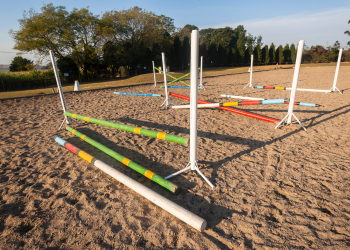

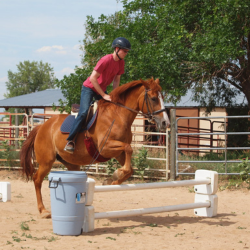
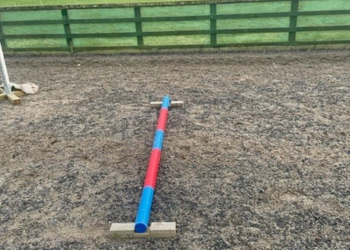

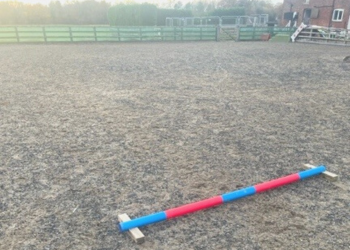


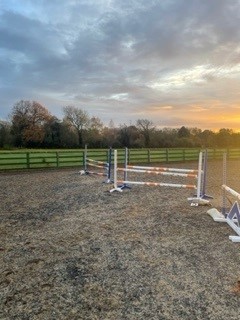
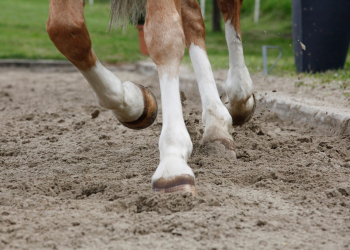
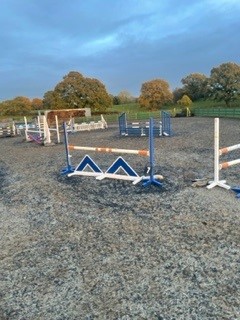
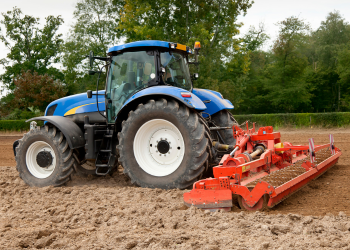

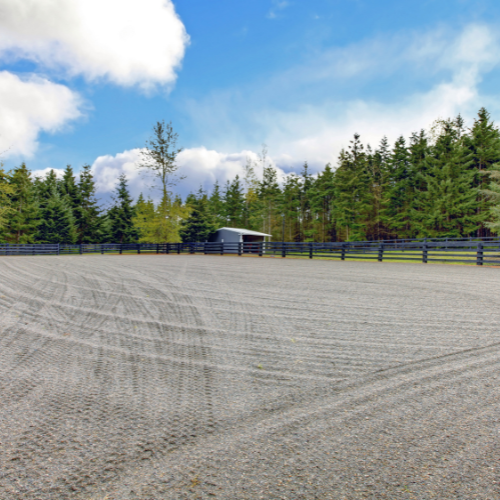

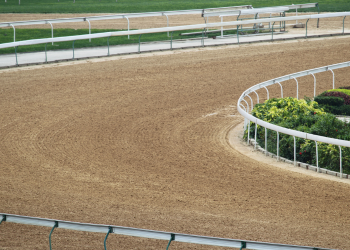
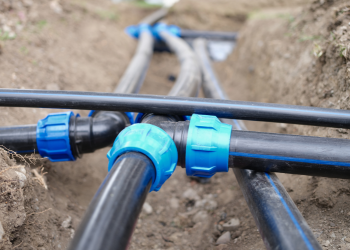
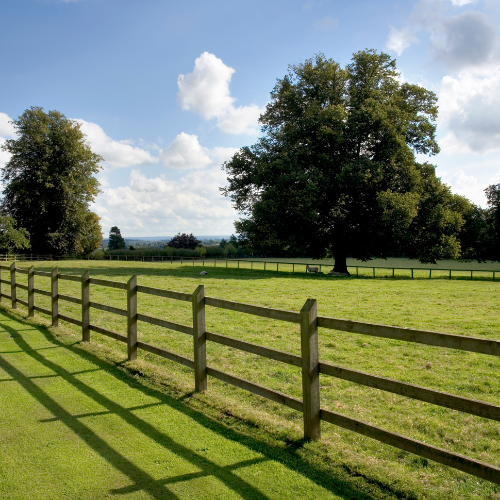

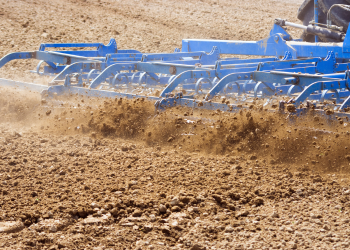
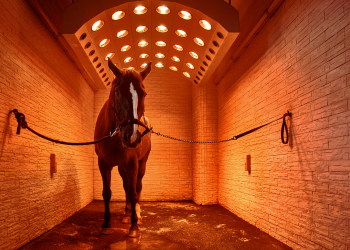



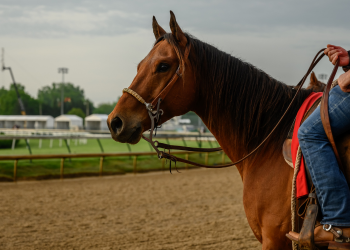
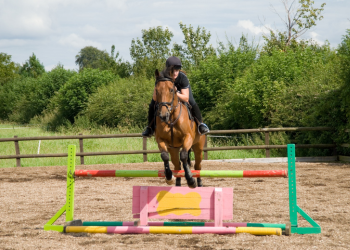
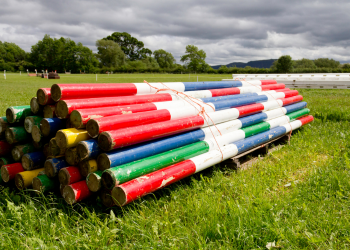
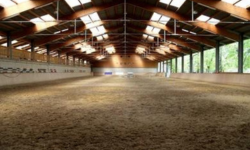
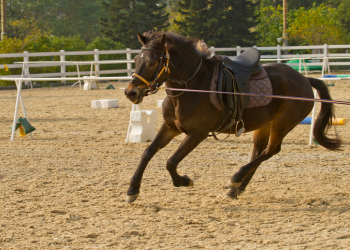

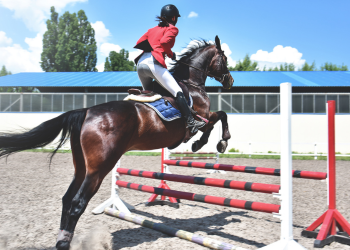

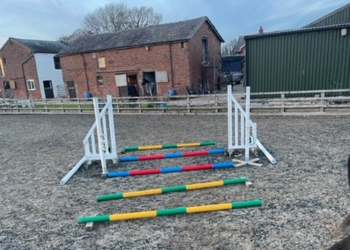

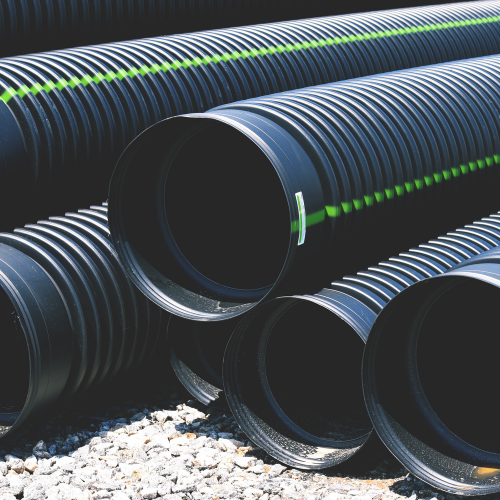
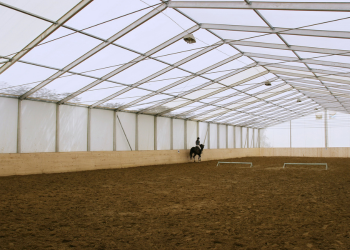
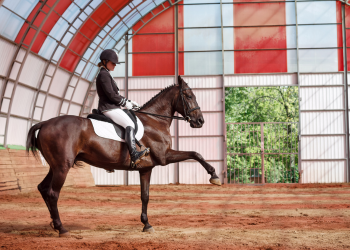

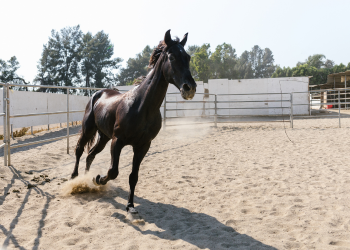


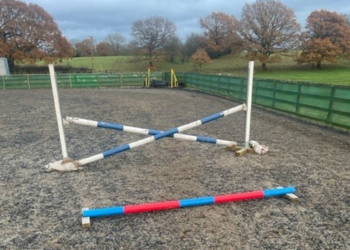


We Aim To Reply To All Enquiries With-in 24-Hours